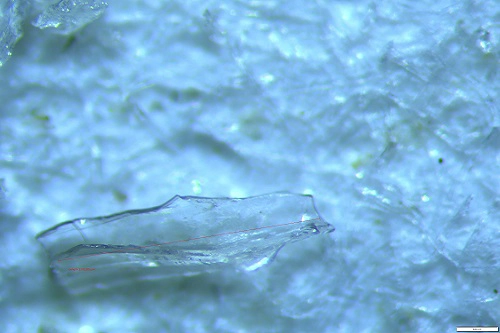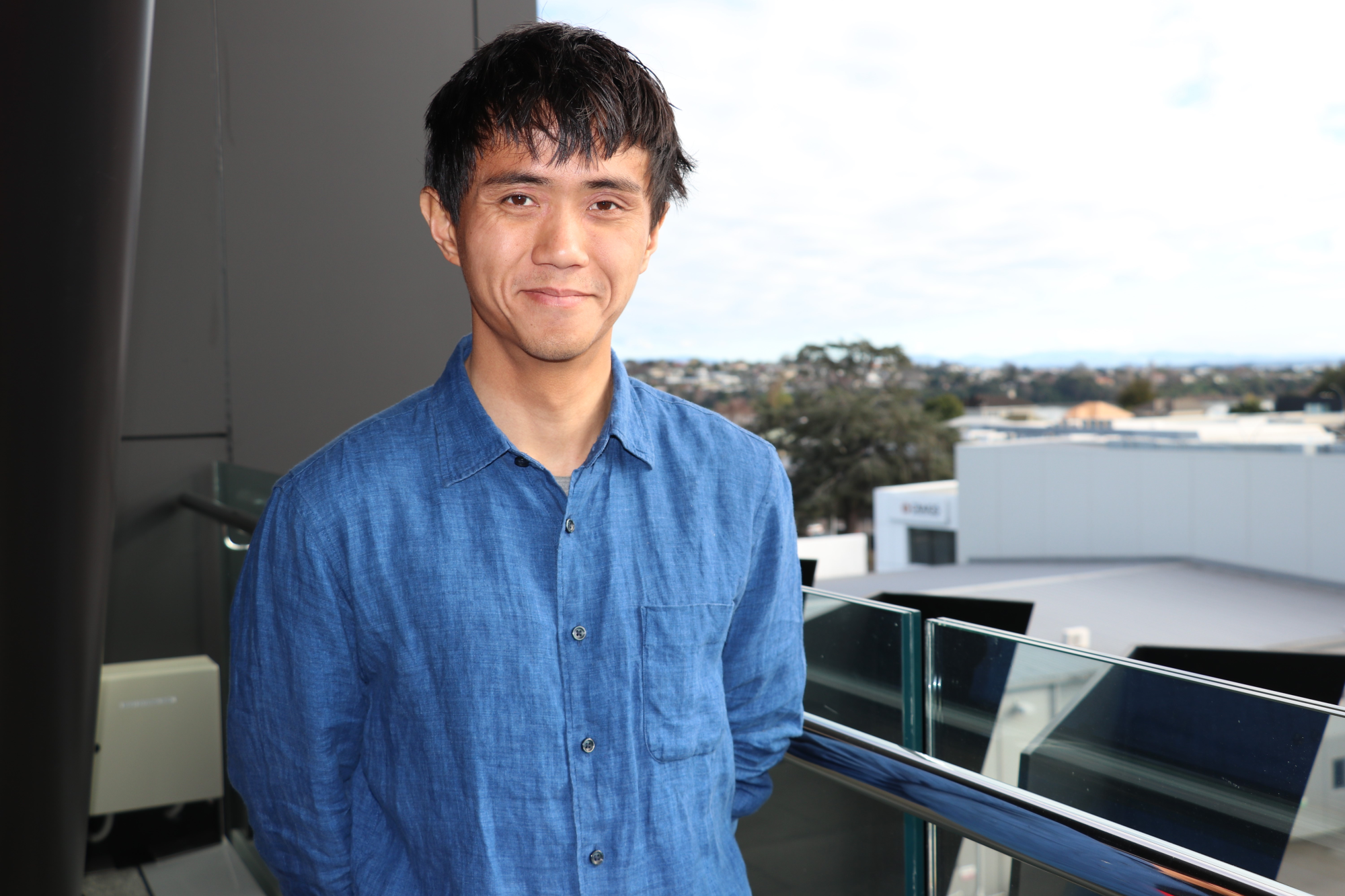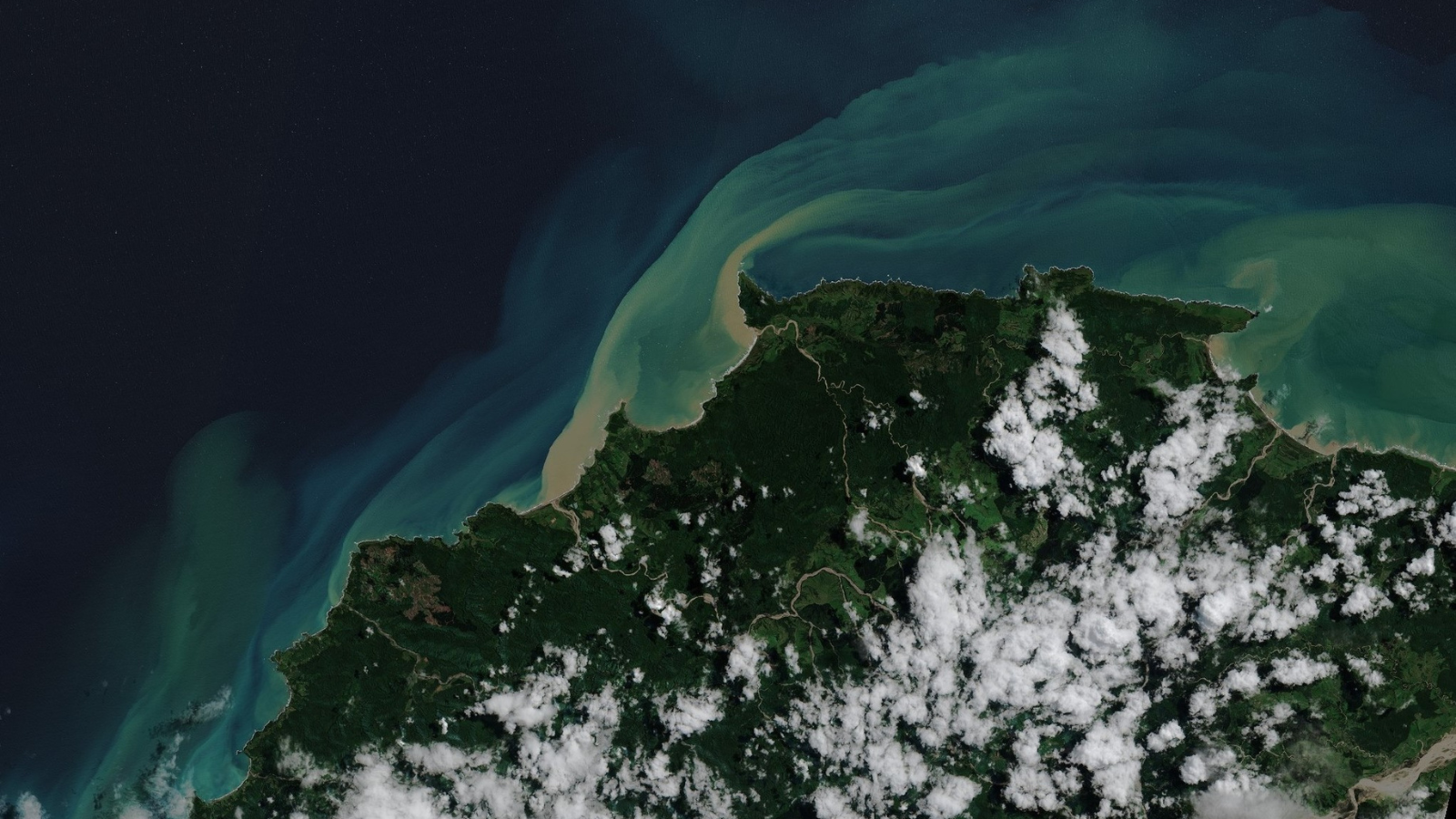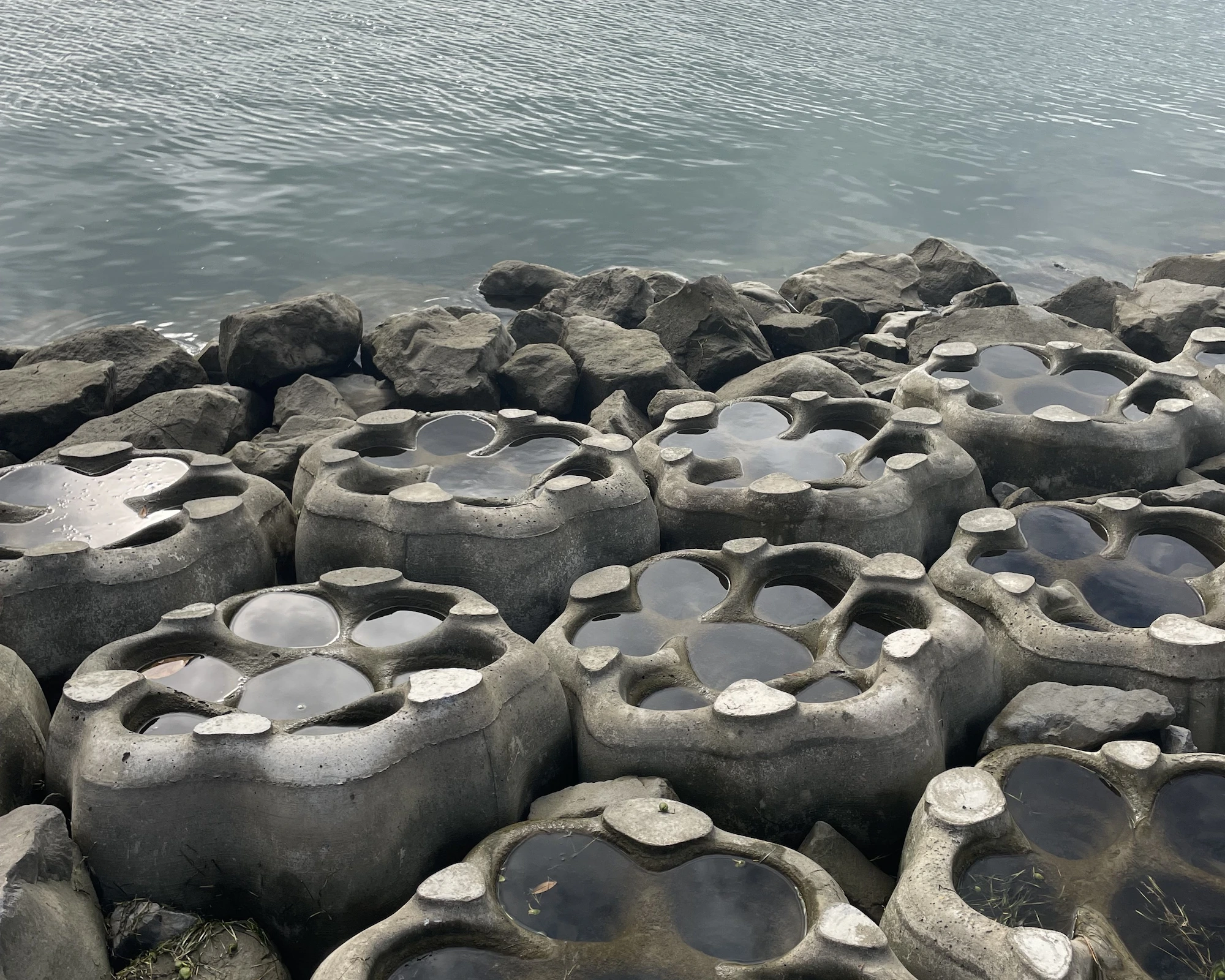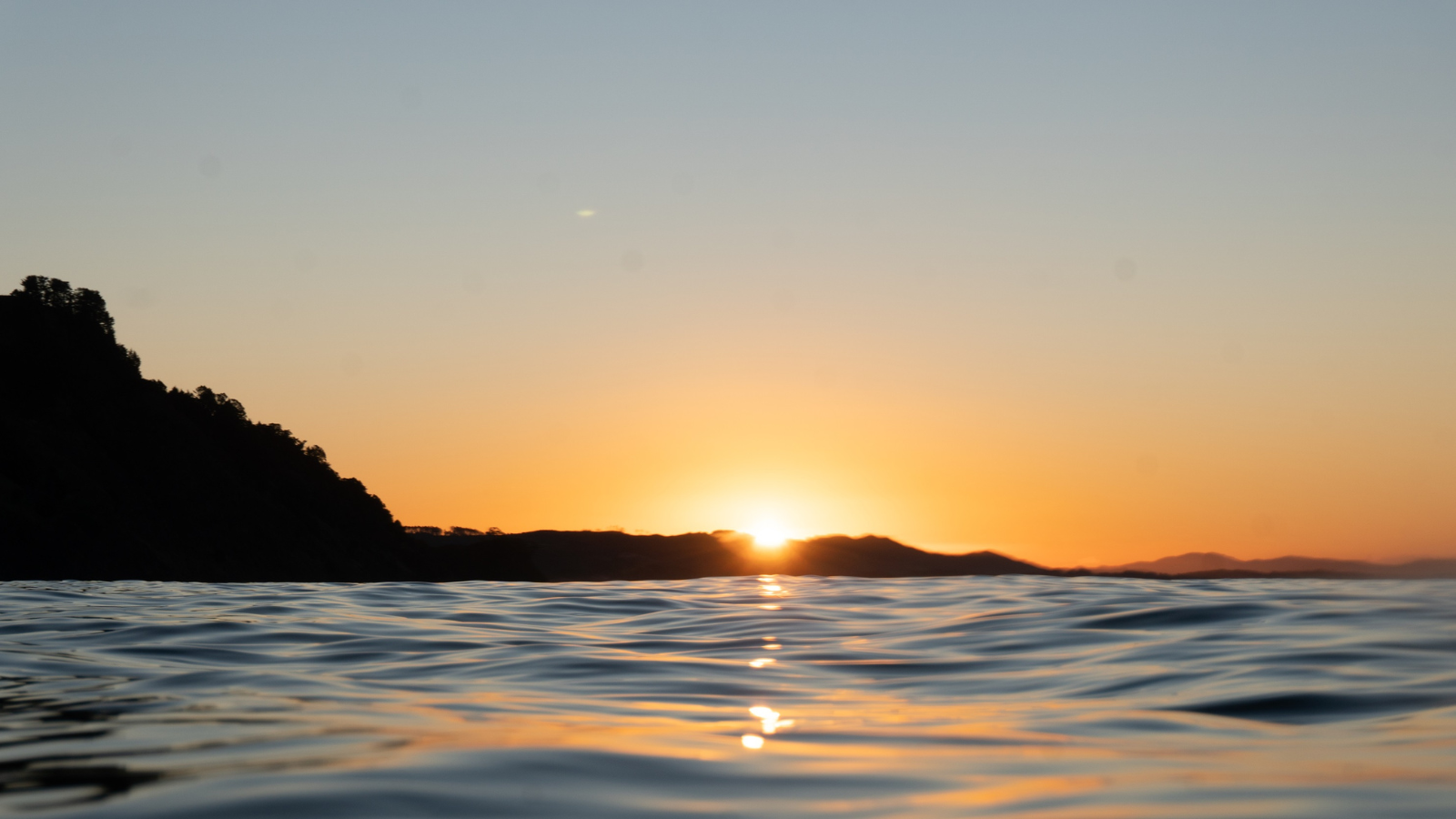Environment Minister David Parker announced last week from late 2022 PVC meat trays, polystyrene takeaway packaging and degradable plastic products will not be allowed and by mid-2025 all other PVC and polystyrene food and drink packaging will be outlawed.
The ban also includes single-use plastic items such as drink stirrers, cotton buds, single-use produce bags, cutlery, plates and bowls, straws and fruit labels.
Ms Lewis, who received a $23,000 Tauranga Campus Research Masters Scholarship to fund her study, said her research findings were alarming, illustrating the impact plastics were having not only on our marine environment, but potentially human health.
“Kaimoana (seafood) gathering in New Zealand is common practice and this research is showing microplastics and nano-plastics are now bioaccumulating in our food chain.”
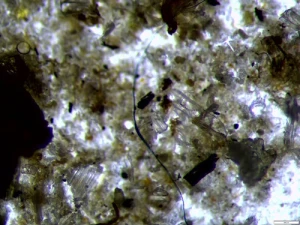
A microplastic fibre.
She said banning single use plastics was an important step, but more research was needed to understand the problem. Her work is one of only three pieces of research undertaken on microplastics in New Zealand.
The highest density of microplastic particles (up to 11087.9 per m2) were observed at sites that were close to municipal outfalls and populated areas. She said many microplastics enter the marine environment via treated wastewater.
“While filtering large pieces of plastic, the membranes in the treatment plants also act like abrasives on small microplastics, making them even smaller and turning them into nano-plastics as they go through the system,” she said.
Along with banning single use plastics she said more work could be done including investigating the use of different filters in household washing machines and investigating different types of membranes for use in wastewater treatment plants.
More than 400 scientists, iwi, and marine environmental stakeholders from universities, Crown Research Institutes and organisations have gathered at the conference this week to discuss how New Zealand can protect and sustainably harness the economic potential of our marine environment.
